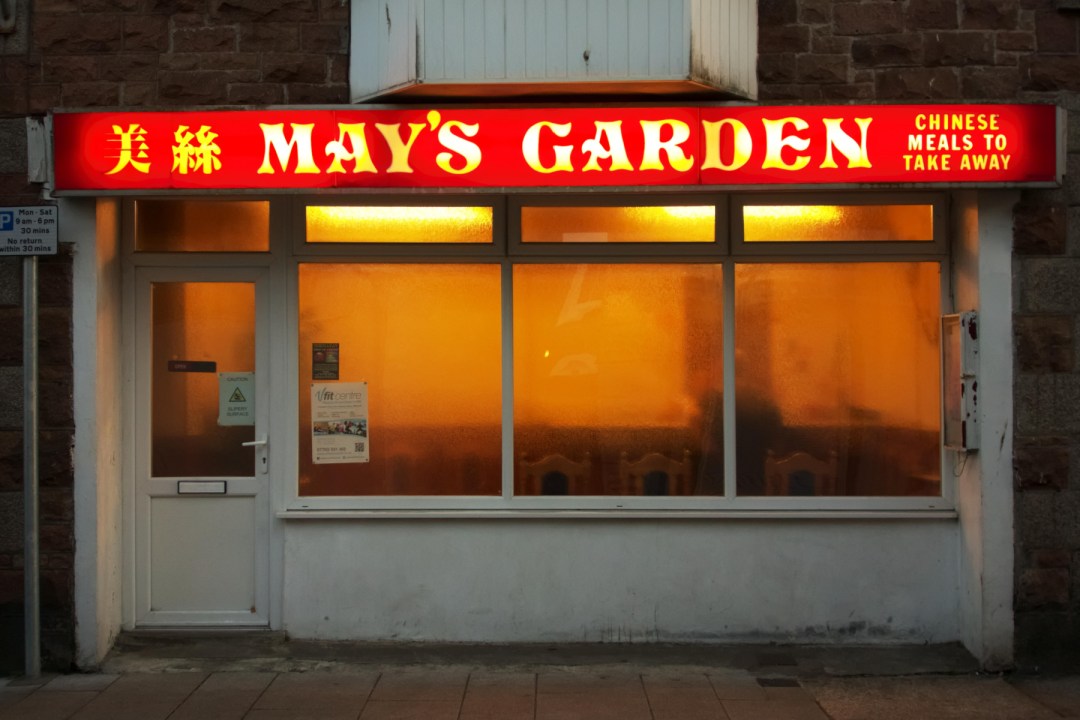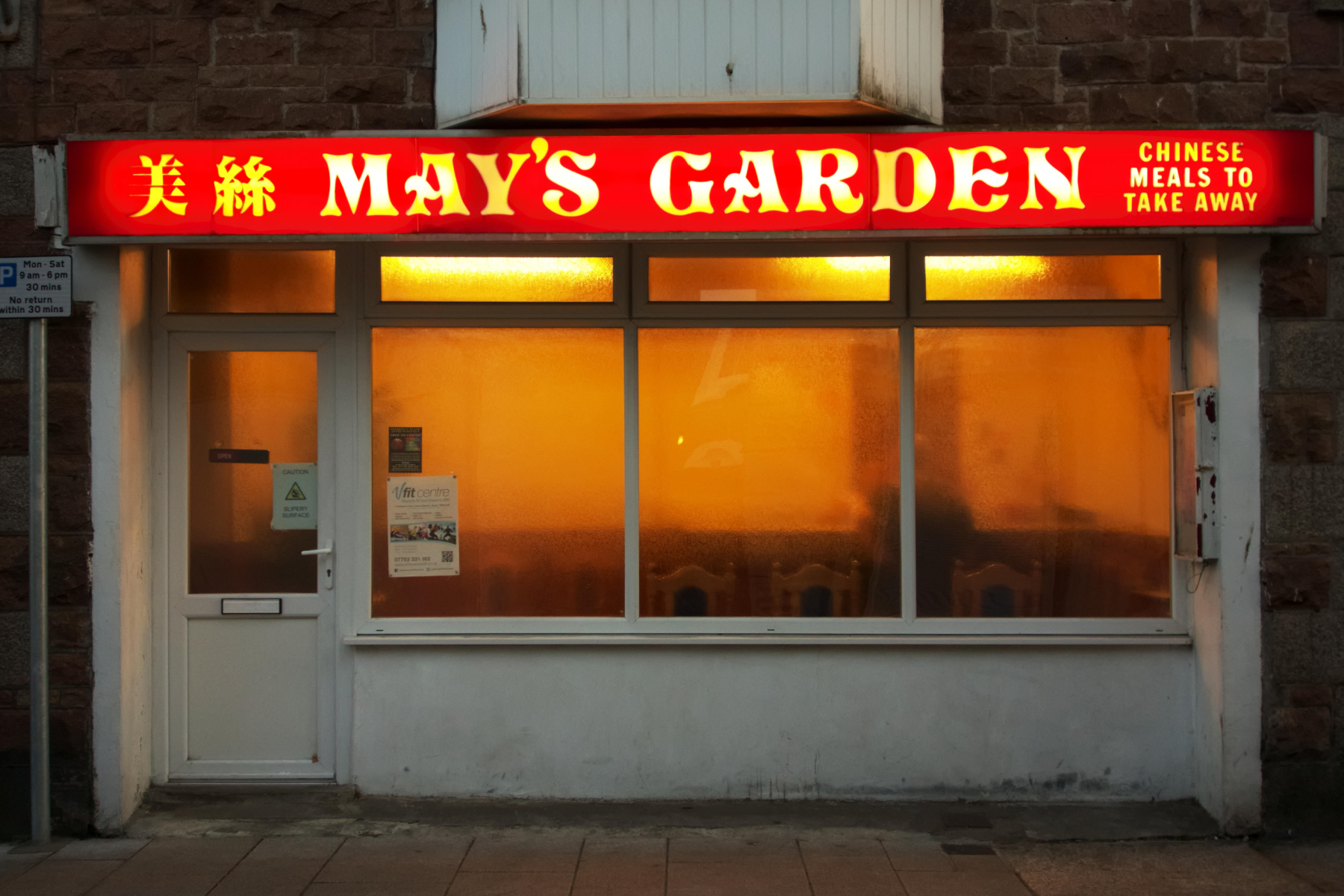Rishi Sunak’s strategy for solving Britain’s crippling housing shortage has been revealed: converting redundant takeaway restaurants into homes. It was a strange role reversal for Sunak, so recently cast as the potential saviour of many of these outlets during his Rishi’s dishes period. Yet fast forward three years and here he is as Prime Minister announcing – not just the demise of many of these places – but their apparent imminent demolition in favour of a million new homes.
Mains were made fresh to order, the fiddly sides like spring rolls and prawn toast all assembled painstakingly by hand
The conversation of old takeaways was, significantly, the headline detail that was singled out in pre-announcement media briefings. And the reason is surely that everyone knows what a struggling and dated example looks like. We may not all have an abandoned factory or rusting industrial works on our doorsteps but chances are there’s a Jade Garden or a Taste of the Raj that looks long past it – and so is the kind of brownfield site we can universally relate to.
Paul Theroux, in The Kingdom by The Sea, his 1982 account of his journey as an American abroad around the coastline of Great Britain, returns again and again to the paucity and lack of variety of the UK’s high street food. He’s sick of fish and chips by the time he gets to Bournemouth – having only started in Margate. But the UK was on the cusp of change.
It was the year after Theroux’s journey that my home town, Tunbridge Wells, got its first kebab shop. It was a moment of genuine excitement to hear for the first time the immortal words: ‘Chilli sauce with that?’ And this was happening all over the UK in the 1980s and 1990s: joining the existing chippies, and the Chinese and Indians, came Turkish, Thai, Mexican, Japanese et al. The culinary world was suddenly the British home diners’ oyster.
But at a certain point, perhaps around the turn of the millennium, the takeaway sector peaked and a slow decline began. There were multiple causes: greater access to and familiarity with exotic ingredients so that making your own versions of takeaway favourites became less daunting – while supermarkets introduced numerous and ever more ready versions. Chains emerged with their economies-of-scale, undercutting the family-run independents and winning over increased customer share. And then we were scolded by the nanny state and Jamie Oliver for being too fond of takeaway, with all its supposed health implications.
Next there was the pandemic. Sunak’s subsidy scheme, as the name Eat Out To Help Out explicitly made plain, only covered those that offered eat-in as well as take-out, which many didn’t, and even for those that did qualify it didn’t remotely cover the losses they’d already incurred. And now we are in a post-pandemic economic downturn with less money to spend. One recent study found households ordered 12 per cent less takeaway food this year than last.
Angela Hui in her memoir Takeaway tells how her parents escaped grim communist China to a grim town in the dying industrial valleys of South Wales. Arriving in 1985, they opened a Chinese takeaway, Lucky Star, where she and her brother were pressed to contribute as unpaid staff every day after school and all through weekends. Finally, in 2018, her exhausted parents sold up.
Many other retirees can’t find a buyer at all and simply close. Which is why these boarded-up, run-down, dying takeaways now lend themselves so easily as symbols of civic obsolescence.
It’s all a bit of a shame. Because there is something quite charming about so many of these places. One of the first things I do when visiting a provincial town for the first time is to scope its ageing Chinese restaurants. I’d like to do a coffee table picture book of their facades before they’re all gone.
Then there’s the food itself. Food writer Nicola Miller told me: ‘Takeaways were a treat when I was a teenager and an occasional necessity when I was a working mother of young kids. And I still love and order them now.’
But people can be snooty, particularly about family-run independent shops like the one described in Takeaway. Miller explains: ‘The obsession with “authenticity” that a lot of people have is incredibly dismissive of the cultural and historical value of takeaways. They are part of a continuing story of diasporic migration, adaptation and delicious discovery, and I would hate to see them die out.’
Hui recounts how the food at her takeaway was an anglicised version of Chinese but still absolutely authentic in its own terms. Mains were made fresh to order, the fiddly sides like spring rolls and prawn toast all assembled painstakingly by hand.
So much of this takeaway cooking was, and often still is, much, much better than it is ever given credit for. There was an integrity to it – an affordable Friday night treat and a form of cultural discovery. We would be diminished by its loss.







Comments